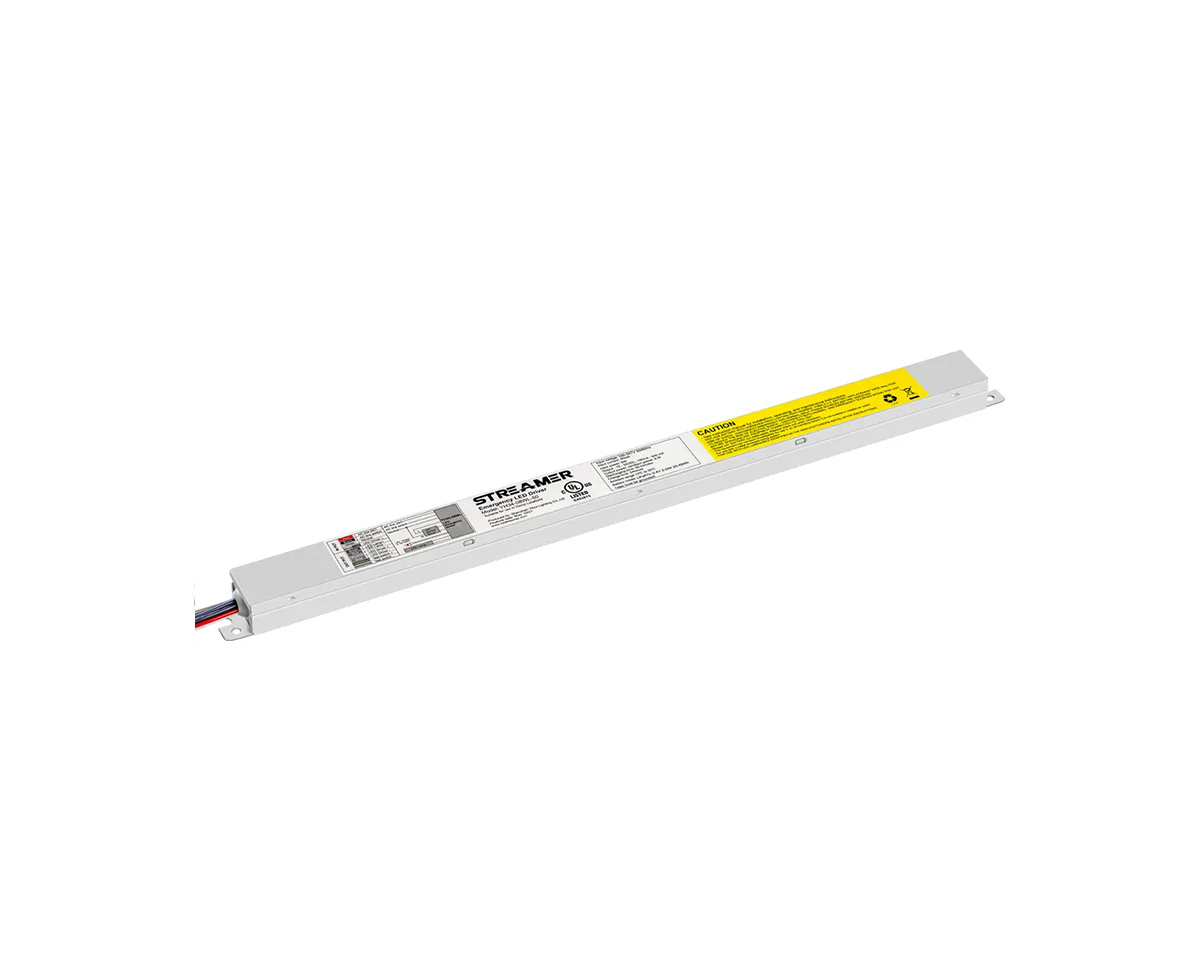 1
1
 Apr 04, 2025
Apr 04, 2025

Fire emergency power supply (EPS) batteries are specialized energy storage devices designed to meet strict safety, reliability, and regulatory requirements for emergency lighting, fire alarms, and life safety systems. Their characteristics are tailored to operate in harsh environments and ensure uninterrupted power during fires or other disasters. Below are their key features:
1. High Safety and Fire Resistance
Flame-Retardant Enclosures: Fire EPS batteries are encased in materials compliant with UL 94 V-0 or equivalent standards, which resist combustion and limit fire spread. For example, valve-regulated lead-acid (VRLA) batteries often use polypropylene cases treated with flame-retardant additives.
Non-Toxic Electrolytes: Lead-acid batteries, the most common type in fire EPS systems, use sulfuric acid electrolytes in sealed configurations to prevent leakage. Unlike lithium-ion batteries, they lack flammable organic electrolytes, reducing the risk of thermal runaway or toxic gas release during fires.
Thermal Stability: Fire EPS batteries are rated for operation in elevated temperatures (e.g., 40–60°C) and can withstand short-term exposure to radiant heat from fires, ensuring functionality when ambient temperatures rise.
2. Reliability and Long Lifespan
Long Shelf Life: Fire EPS batteries, particularly VRLA types, have a shelf life of 5–10 years when stored in optimal conditions (cool, dry environments). This is critical for emergency systems that may remain unused for years but must activate instantly during crises.
Deep Discharge Capability: They are designed to deliver full rated capacity even after deep discharge (e.g., down to 20% state of charge), unlike some consumer batteries that degrade after partial discharge.
Cycle Life: While fire EPS batteries are not cycled frequently, they must withstand periodic testing (e.g., monthly 1-minute tests, annual 30-minute load tests). VRLA batteries typically support 300–500 shallow discharge cycles, ensuring longevity through repeated testing.
3. Regulatory Compliance
Fire EPS batteries must meet strict international standards, including:
UL 924: In the U.S., this standard governs emergency lighting and power equipment, specifying battery runtime (e.g., 90 minutes for most applications), temperature tolerance, and safety testing.
EN 50171: In Europe, this standard mandates battery performance for emergency lighting systems, including voltage stability during discharge and resistance to mechanical shocks.
NFPA 101: The Life Safety Code requires fire EPS batteries to be periodically inspected and tested, with clear labeling and easy access for maintenance.
4. Low Maintenance and Predictability
Sealed Design: VRLA batteries are “maintenance-free,” eliminating the need for water top-up or acid level checks. This is crucial in fire safety systems, where regular maintenance may be challenging in hard-to-reach locations.
State-of-Charge Monitoring: Many fire EPS systems include battery management units that continuously monitor voltage, temperature, and discharge rate, providing early warnings of battery degradation. This allows proactive replacement before failures occur.
5. Voltage and Capacity Requirements
Voltage Stability: Fire EPS batteries must maintain a minimum voltage throughout discharge to ensure consistent power to emergency devices. For example, a 12V VRLA battery must deliver ≥10.5V at the end of its 90-minute discharge cycle to comply with UL 924.